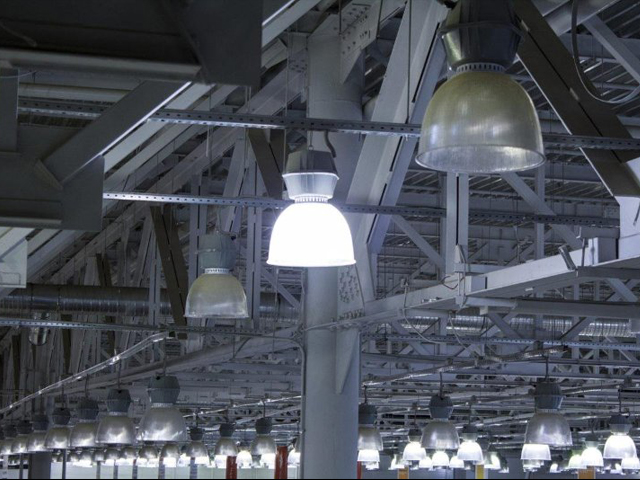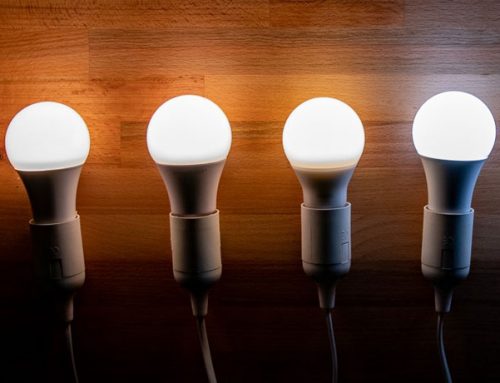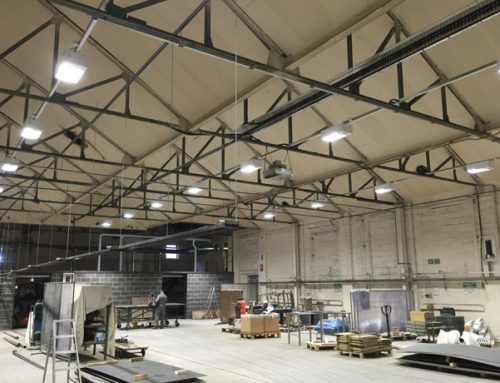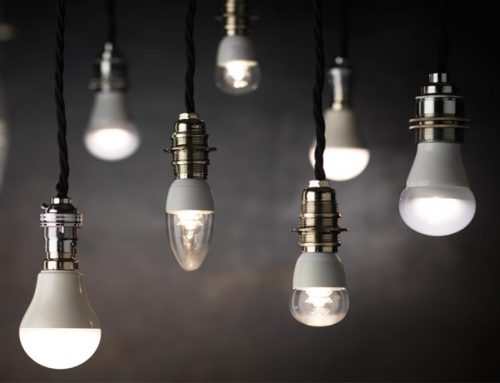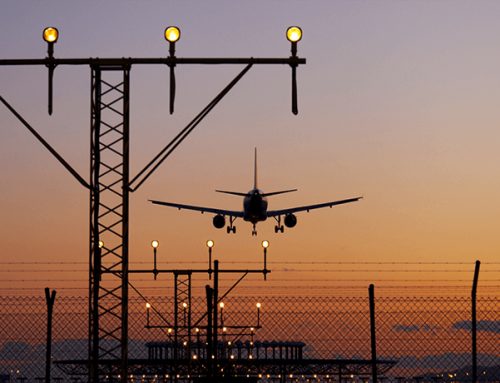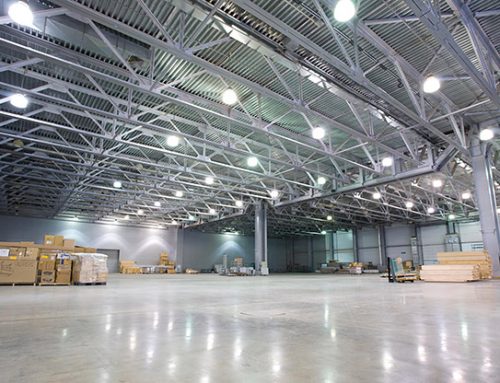High bay lighting is normally used whenever there is a need to illuminate a large indoor space. There are vast areas that cover a lot of vertical as well as horizontal space in manufacturing facilities, gymnasiums, warehouses, large department stores, factories and such others. When high bay lights were required, various types of lighting technology were (and still are) used in warehouse and lighting. In the present days, industrial LED lights are gradually outperforming Metal Halide, High Pressure Sodium and Fluorescent lights.
Industrial LED lighting vs. Metal Halide high bay lights
Metal Halide high bay lights take a long amount of time to warm-up than any light available in the market. LED industrial lights can be switched on and off instantly whenever required. The lifespan of a Metal Halide high bay light is much less than that of a LED counterpart. Therefore it is profitable in the long run to invest in LED industrial lights.
LED high bay lighting vs. High Pressure Sodium (HPS) lights
In the warehouse, industrial, business and recreational facilities where high bay lighting is needed, HPS lights are often used. Relatively long lifespan, high energy efficiency and cheap selling price are the benefits of these lights. In spite of this LED high bay lighting stands ahead of HPS lights in all these aspects. The worst colour rendering on the market and a warm-up period are the downsides of HPS lights.
Industrial LED lighting vs. Fluorescent lighting
In a warehouse or industrial applications, Fluorescent lighting is sometimes used. Relatively high efficiency and cheaper initial costs are the benefits of Fluorescent lighting. Decreased lifetime if switched on and off, the presence of toxic mercury and requirement of ballast to stabilize the light, are the downsides of this lighting. In this case, also, LED lighting emerges as a winner above Fluorescent lighting.
Major benefits of using LED technology in lighting
There are numerous benefits of using LED technology in lighting and therefore LED lights are used in many places. They are often used by airport authorities in India as LED aviation obstruction lights.
-
Decreased maintenance requirements:
In comparison to many conventional bulbs, LED lights have four to forty times longer lifespan. You will have to replace bulbs much fewer times and this will cost you less in the long run.
-
Improved lighting quality:
When compared to most other bulbs, LED lights give much improved lighting. LED lights perform very well in Colour Rendering Index (CRI), Correlated Colour Temperature (CCT) and Foot Candles.
-
Increased energy efficiency:
LED lights also distribute light differently than conventional lighting solutions besides generating light differently. As a result of this, to provide the same output, less energy is required. Industrial LED lighting eliminates the two problems of wasted energy (through heat loss and omnidirectional emission) when used for applications that require high bay lights.

